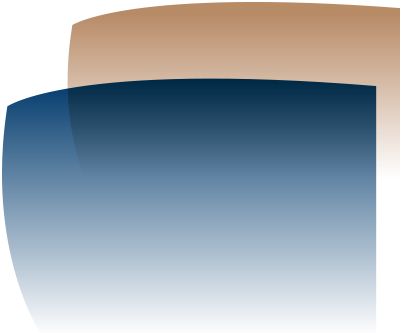

Blog

A year like no other: the impact of COVID-19 on medical student stress in WA
Thursday January 14, 2021
2020 has been a year to remember for all the wrong reasons. The impact of COVID-19 has disrupted our lives more than any other event in living memory. As doctors, it affected not only our patients, but also our own general health and wellbeing and that of our families. Medical students have not been immune and have faced their own unique stresses and needs.
A survey of medical students from the University of Western Australia (UWA) found the majority had “moderate” psychological distress and 11 per cent of students reported “very high” psychological distress (on K10).
Interestingly first-year students were affected the most, with 24 per cent reporting “very high” psychological distress, compared with 9–10 per cent in each of the other years. Furthermore, 68 per cent of students reported a worsening of wellbeing since the onset of COVID-19, and 26 per cent no change. Somewhat surprisingly, 6 per cent reported an improvement in wellbeing.
The main adverse impacts on students were to their social connectedness (81 per cent impacted), stress levels and medical studies. Students were also concerned about an uncertain future (with COVID-19), family members becoming infected, and the possible need to quarantine.
On a positive note, students noted an overall improvement in family relationships, exercise and sleep. Strategies used to help cope included use of video chats (87.5 per cent), social media (62 per cent) and mindfulness or meditation (36 per cent).
The speed with which the lockdown occurred presented a major challenge to the medical schools to both keep the courses going and to support their students. All medical schools in Western Australia have a substantial number of students from interstate, and some from overseas, which caused further difficulties. The main priority was continuing clinical placements for final-year medical students, so they could graduate in time for 2021. Clinical placements for other years ceased between March and June but have since returned to near normal.
The main strategies used by the WA medical schools (UWA, the University of Notre Dame, Curtin and the Rural Clinical School) were:
- Regular communication and updates to students. All medical schools found providing regular updates was the best way to help prevent and alleviate student stress, even if the update was “no change”.
- A move to virtual teaching, with online lectures, tutorials, simulation, and online assessments.
- Initially, as hospital-based clinical teaching decreased, virtual teaching increased. There has now been some catch-up on clinical teaching as restrictions have lifted.
- Adjustments for students with physical or mental health conditions who were affected, or could potentially have been affected, by COVID-19.
- All medical schools had pre-existing support programs for students, including teaching on the impact of stress and need for self-care, dedicated academic personnel to support students in difficulty, and availability of counselling and medical services.
- Additional strategies put in place by medical schools included holding virtual wellbeing activities, assisting students who returned home from interstate and overseas before lockdown, meeting regularly with student representatives, and checking in regularly with students.
- Identifying and supporting students who were struggling.
Overall, the students have coped well during 2020, which is a testament to their adaptability and resilience. They have had learning experiences beyond the standard curriculum such as how to cope with uncertainty during a major health crisis, how to support colleagues in difficulty, and the importance of family and life outside medicine.
Hopefully this will help place them in good stead to meet the challenges of their future medical career, and provide a few learnings to share with the students they will be teaching in the future.

